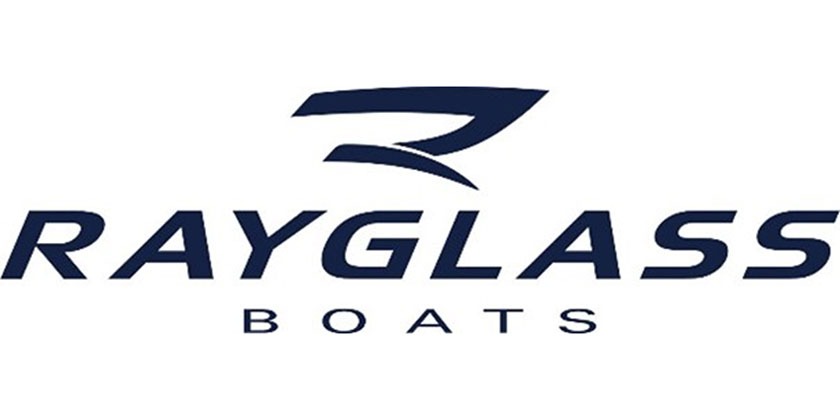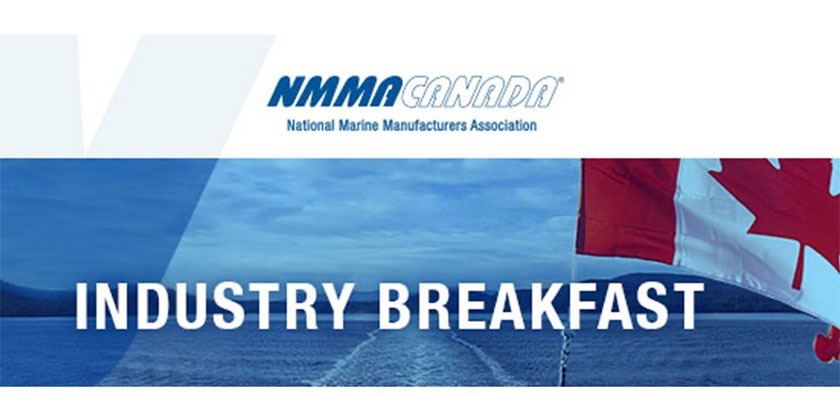The employment landscape as we move past COVID

Dec 7, 2021
Last week I returned from the Boating Ontario Conference more concerned than ever about the staffing challenges our industry faces. I hope you were there, or at the Boating B.C. Conference the week before where I’m sure staffing was also a hot topic. A session on Staffing Challenges at the Boating Ontario Conference drew enthusiastic participation, generated a lot of good ideas and yet, I felt we are still facing the same hurdles as in years past.
Lots of good ideas were shared but in Ontario, many marine businesses continue to lay off staff in the winter. The perception (and the reality) that the marine industry offers seasonal work, just won’t cover a mortgage or car payments. Working in automotive is 12-month work as well as generally higher paying and maybe with shorter hours to boot.
The previous week, Bloomberg reported that job vacancies had jumped past 1 million in Canada’s tight labour market. There were 1,014,600 job vacancies in September, Statistics Canada reported November 18 in Ottawa. That represents about 6 per cent of all jobs, a vacancy rate that’s up from as low as 3 per cent last December. Employers in high-contact industries like food services and hotels had the highest proportion of unfilled positions, at 14.4 per cent but the report suggests labor shortages are growing as employers ramp up hiring in the recovering economy.
While Canada recorded 0.8 vacancies for every job seeker in the country, according to data compiled by Mikal Skuterud, a professor of labor economics at the University of Waterloo,
Canada continues to lag the U.S., which has 1.4 job vacancies for every searcher.
“While we’ve seen a big increase in labor market tightness in 2021, it is still modest compared to the U.S.,” he said. “This likely also helps explain why the U.S. is seeing much bigger wage gains at the lower end of the distribution than we are.”
Across Canada, earnings were up 2.6 per cent in September from a year ago, according to the Statistics Canada report. The agency released its November labor-force survey on Dec. 3rd and we will watch for that data, but we all realize that the marine industry has struggled to find good people for years.
The tightening national employment landscape as Canada moves past COVID and into a stronger recovery phase, will make our labour shortages more acute at a time when COVID has stimulated a booming market for boats and boating. Demand is up and our ability to service the demand seems to be down.
Worse, shortages of new boats continues to constrain our revenues and we can’t easily pivot into increased revenues from the repair side due to the shortage of skilled techs.
Solving the tech shortage will take time and education, but I think step-one needs to be raising the door rate and boosting the pay scale to attract the people we need and by making this a 12-month a year career choice.
This may be the best year in ages, to move the rates up.
Andy Adams – Editor
























